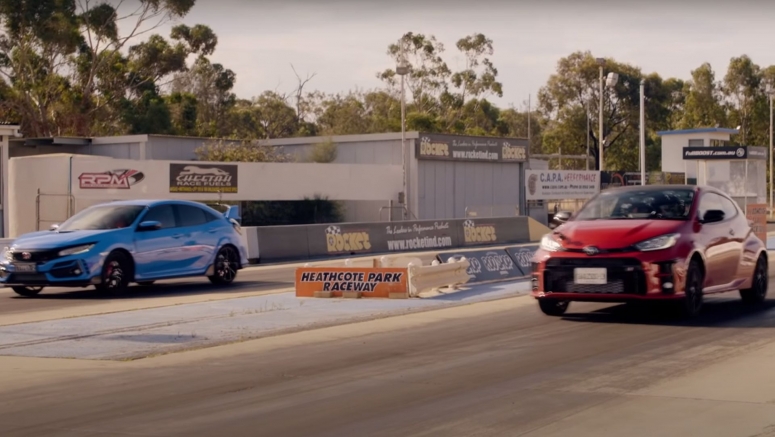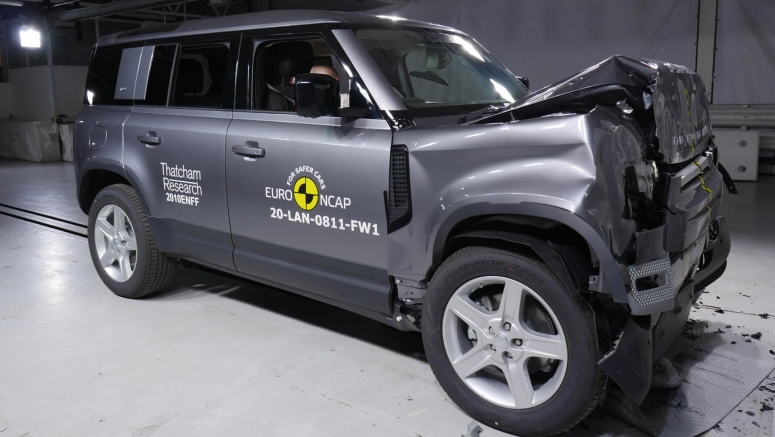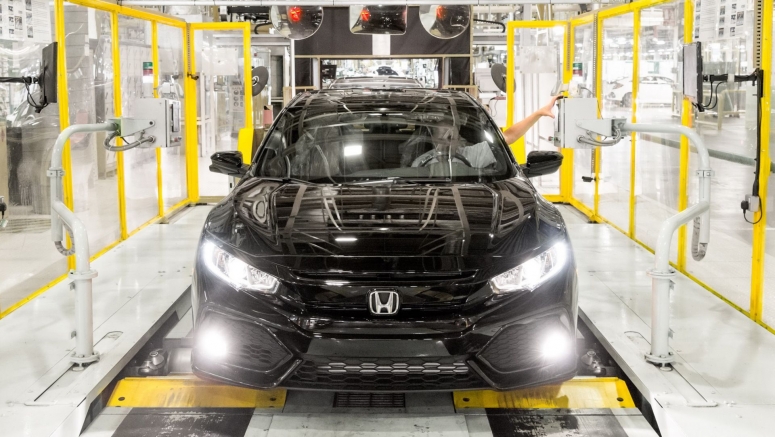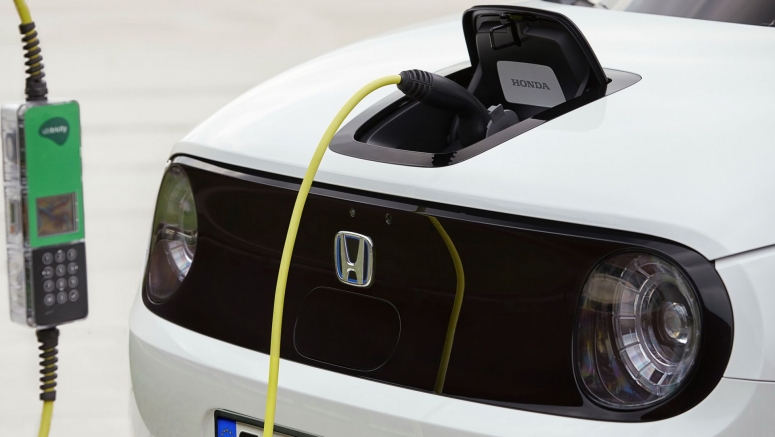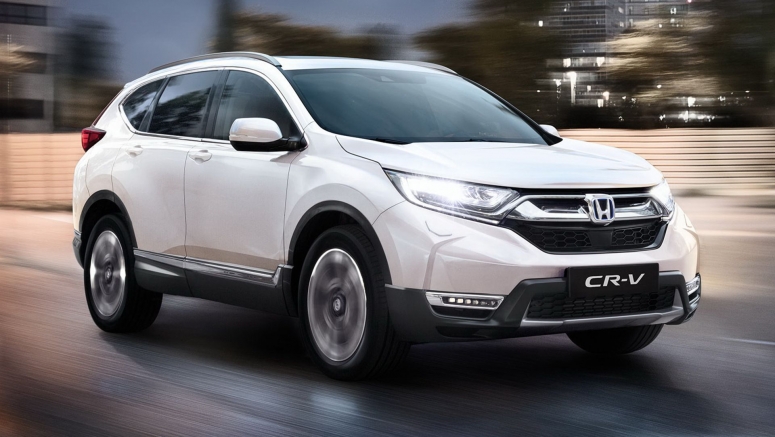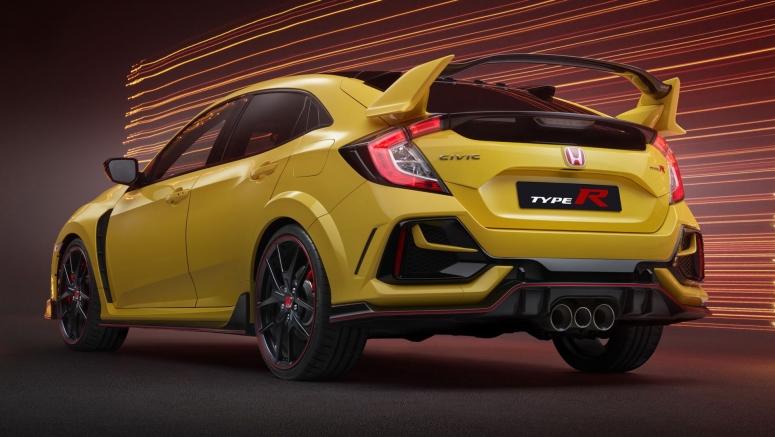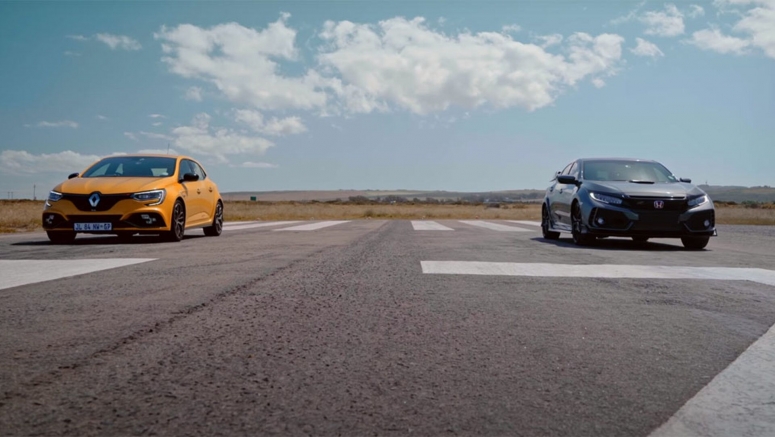Honda Recalls 1.4 Million Vehicles In The U.s.
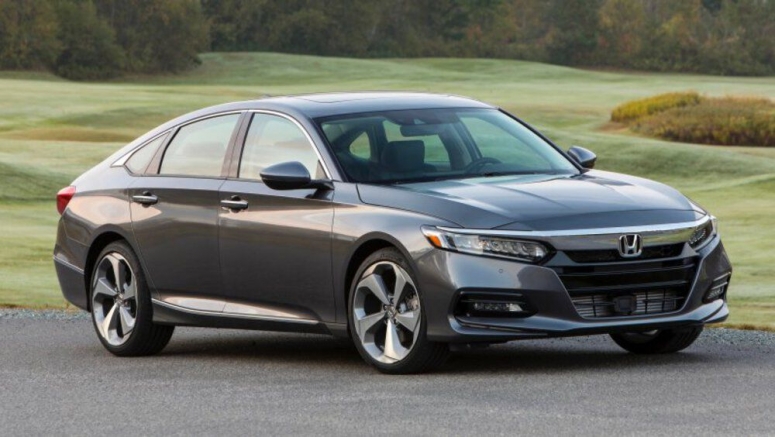
DETROIT — Honda is recalling over 1.4 million vehicles in the U.S. to repair drive shafts that can break, window switches that can overheat and a software flaw.
The software recall includes 737,000 Accords from 2018 to 2020 and Insights from 2019 and 2020. A programming flaw in a control computer can cause the rear camera, turn signals and windshield wipers to malfunction. Owners will be notified in late January about when they should take their vehicles to a dealer for repairs.
- Published in Auto Moto
- Read more...
Honda Uk Hopes To Restart Monday After Parts Shortage Shuts Down Production
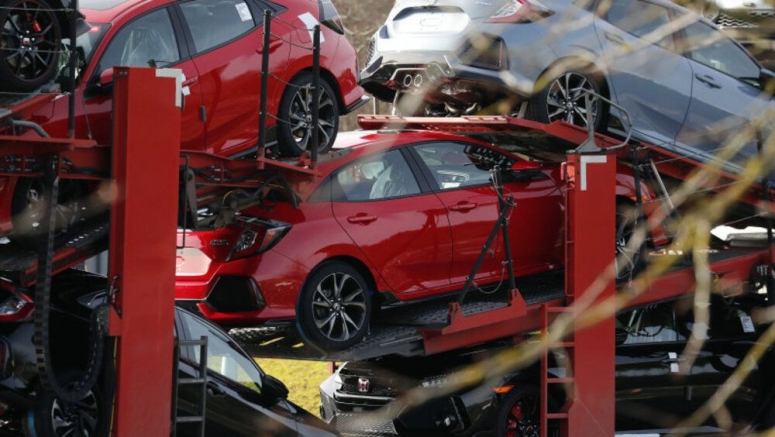
LONDON — Japanese carmaker Honda hopes to restart production at its British factory on Monday after halting output because of transport-related delays that caused a shortage of parts.
Britain's major container ports, such as Felixstowe, have been hit by the Covid-19 pandemic, which has disrupted global trade, leaving containers in the wrong place and goods stacked up.
- Published in Auto Moto
- Read more...
Honda Starts Selling Non-certified Used Cars Online
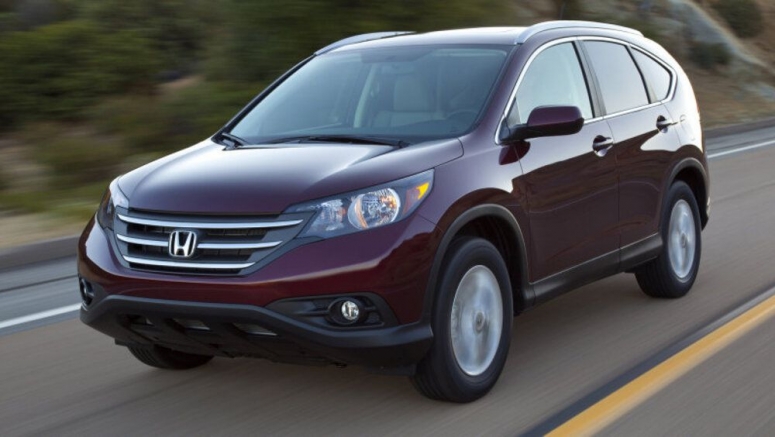
Honda has become the first carmaker in America to allow dealers to list non-certified used cars on its official website. It's gradually rolling out the program across the nation in a bid to lure younger buyers into showrooms.
As of writing, dealers can list vehicles from their inventory of certified pre-owned cars on HondaCertified.com, a platform which lets users search for a used Honda based on a number of parameters, including the model, its mileage, and its distance from a given ZIP code. Non-certified used cars will appear on the same platform, Roadshow reported, which sounds confusing but it's less so than operating two separate websites.
- Published in Auto Moto
- Read more...
Honda Rumored To Be Developing S2000 Successor.
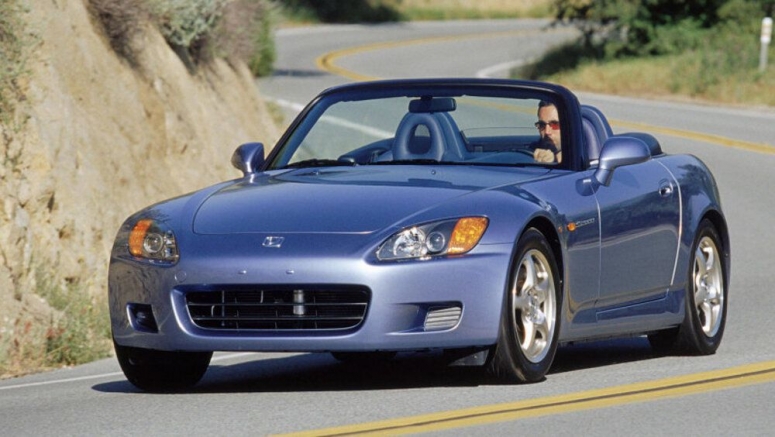
If a new report is to be believed, Honda may be planning a successor to the S2000 roadster. The original Honda S2000 was created to mark Honda Motor's 50th anniversary. The new car would be released in 2024, a quarter-century after the original's 1999 Japanese debut and coinciding with Honda's 75th birthday.
As reported by Forbes, who merely cites "a source close to Honda," the company's marketing team is "seriously considering" an all-new iteration of the S2000. Veteran Japanese auto industry reporter Peter Lyon says that 20th Anniversary Concept of the old S2000, which you may recall was shown at January's Tokyo Auto Salon, was intended to keep enthusiasm going for an upcoming model.
- Published in Auto Moto
- Read more...
2021 Honda Rebel 1100 Motorcycle Unveiled
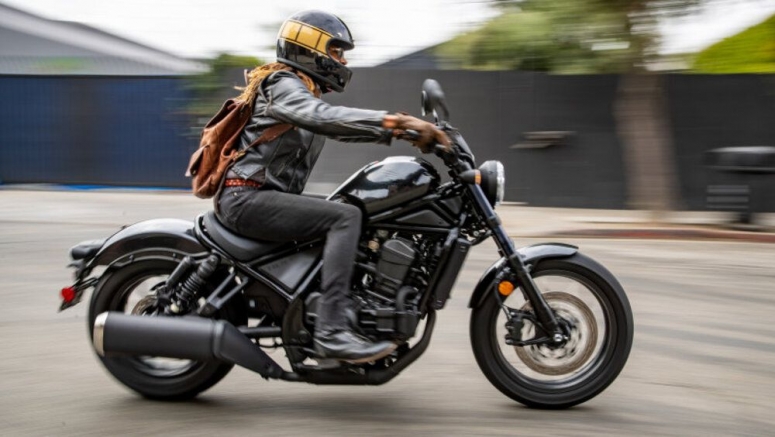
Honda released a bigger, more powerful version of the Rebel 500 that offers riders more than twice the engine displacement. Called Rebel 1100, it diverges from the commonly-accepted definition of a cruiser in several ways.
The 487-pound Rebel 1100 is not the archetypal cruiser because it's not festooned with chrome trim. It's offered in Metallic Black and Bordeaux Red Metallic, and Honda painted the frame, the suspension parts, the visible mechanical components (including the chain), the exhaust system, and the handlebars in black. Riders face an all-in-one digital instrument cluster that wouldn't look entirely out of place in a member of the Mini range.
- Published in Auto Moto
- Read more...
Omaze Is Giving Away The First 2021 Honda Civic Type R Le
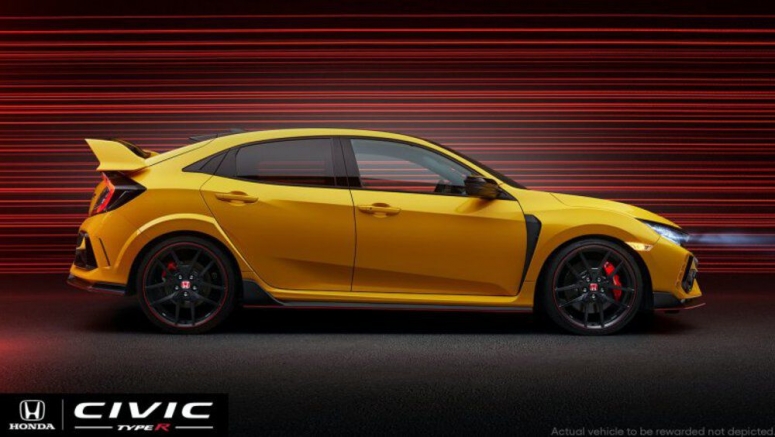
Autoblog may receive a share from purchases made via links on this page. Pricing and availability are subject to change. No donation or payment necessary to enter or win this sweepstakes. See official rules on Omaze.
Enter to win this giveaway or any other Omaze experience between now and November 26, 2020, and receive 300 bonus entries. Winning this sweepstakes will be the best Black Friday deal you'll ever find.
- Published in Auto Moto
- Read more...
Honda Announces All-new N-one Kei Car, Adds Manual-transmission Option
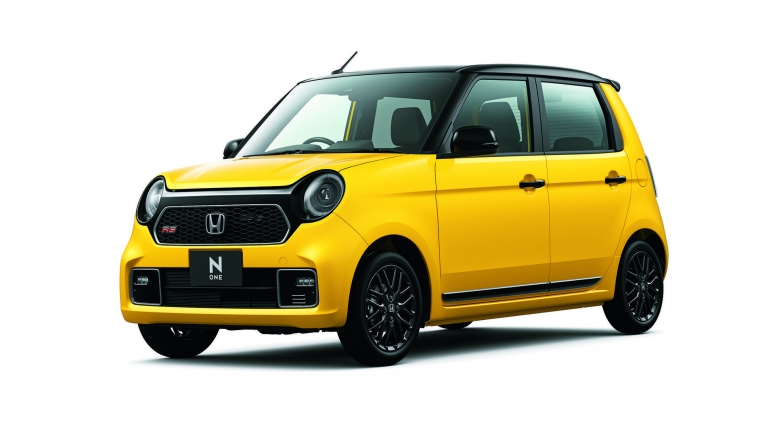
The Japan-only N-One kei car has been a favorite among Honda enthusiasts since its debut in 2012. Mostly, that was due to its lovable styling — which was inspired by the 1967 N360 and the N600, its U.S. market variant — even though its was only available with a 3-cylinder mated to a CVT. Now, after eight years, Honda has announced an all-new N-One and given it a 6-speed manual transmission option.
It's a supremely rare move in the automotive world these days. Manual transmissions are hanging on by a thread, and automakers are taking them away these days rather than adding them to a new generation that didn't offer one before. Honda says it did so as a direct response to customer demands. So hey, maybe internet comments do make a difference!
- Published in Auto Moto
- Read more...
